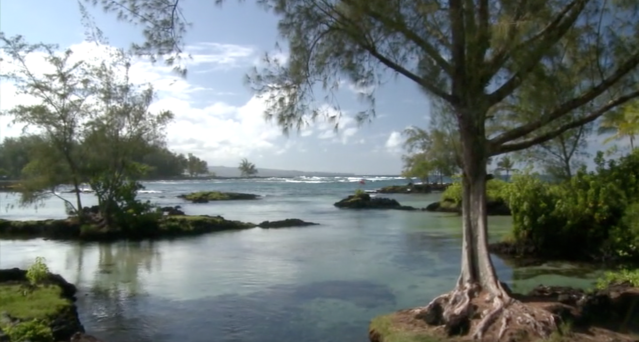In the frantic pace of the lives we lead, I am often struck by the amazing number of people who seem disconnected from clear values and goals in their lives, consequently falling victim to the constant bombardment of ideas, values, and pseudo-goals that are a part of the electronic jungle in which we have to function. They seem lost. They seem at sea without a clear course or goal. They have been disconnected from (or perhaps never connected to) the cultural/value anchors that bring stability and focus into our lives. It is often most apparent with the younger generations, but is definitely seen frequently in people who are well into their lives and careers.
I have found that there isn’t a lot of attention given today to helping our young children and caregivers learn and apply their family values and histories to their lives. We seem too content to allow outside sources and perspectives fill this void and become the driving forces in our families. I believe we do this to the detriment of our families and our communities. We risk allowing ourselves and our children to become individuals who reflect other world views, other value systems that don’t reflect our heritage.
We risk allowing the next generation to get lost because they were never taught where they came from.
In traditional indigenous cultures, we find a more focused commitment to preparing the next generations by making sure they understand the history, traditions, and values from which they have blossomed. In addition to genealogy and family traditions, many indigenous cultures like the Hawaiian culture, pay close attention to the specific geographical places their families inhabit. They understand the power of an active and vibrant sense of place in the life of its people.
In Hawaiian culture, “wahi pana” is defined as celebrated, noted, and legendary places, or landmarks of special interest and historical significance. Each of these special places have distinguishing landmarks (mountain peaks, streams, wind, rain, etc.) that are given specific names and are connected to the rich history, chants, stories, and songs that are traditionally passed down from one generation to the next. Hawaiian music, for example, is replete with songs that praise places in our islands with the actual place only being revealed by the specific name of the wind or rain that is referred to in the melody. In public gatherings fifty or sixty years ago, it was common for the various songs of the islands or communities to be sung as an invitation for people from those places to stand and be identified with that wahi pana. It kept my grandparents and my uncles aware of the traditions they represented as they faced the challenges of day to day living. Although we still possess many of these names and songs today, we may not know the physical characteristics that led our ancestors to call a wind or rain differently from others. Our understanding of our sense of place is eroding.
I believe a sense of place is an important tradition that has powerful applications in the lives of our children, families, and political leaders. The unique and special cradle of people, traditions, and physical realities of a place shape who we are. It is a strong framework from which we can make decisions consistent with their historical and cultural anchors, to meet the challenges of contemporary life. I have often characterized our very young as being “baskets” waiting for the values, perspectives, and skillsets they need for their lives. Often we allow the larger world to fill these “baskets” with values and perspectives inconsistent with our cultures and our family traditions. We step back from intentionally teaching our children who they represent and where they find their roots. Let us return to a commitment to teach our children and adults the power of wahi pana. We know our children will often take different paths and break new ground in other places. Hopefully, they will not get lost because they now know where they come from…
In our early education programs at Partners in Development Foundation (PIDF), we have made a commitment to produce video statements of wahi pana for thirty locations throughout Hawai‘i. The purpose is to remind our children and adults of the amazing core each place has in their lives and in the history of Hawai‘i. It has been encouraging to see the positive impact a sense of place has on the thousands of children and adults that have seen the wahi pana of their communities. It is something all cultures can embrace as they prepare their children and help their adults in being good and successful caregivers.
I have often thought that our policy makers also need to refresh their understanding of the communities they represent. For example, only a few minutes of study can bring to life the character, rich history, and traditions of places like Ka‘ū and Hilo. What a resource for leaders as they make decisions impacting the populations they serve!
Please enjoy highlights from these first two wahi pana videos by PIDF on Ka‘ū and Hilo



